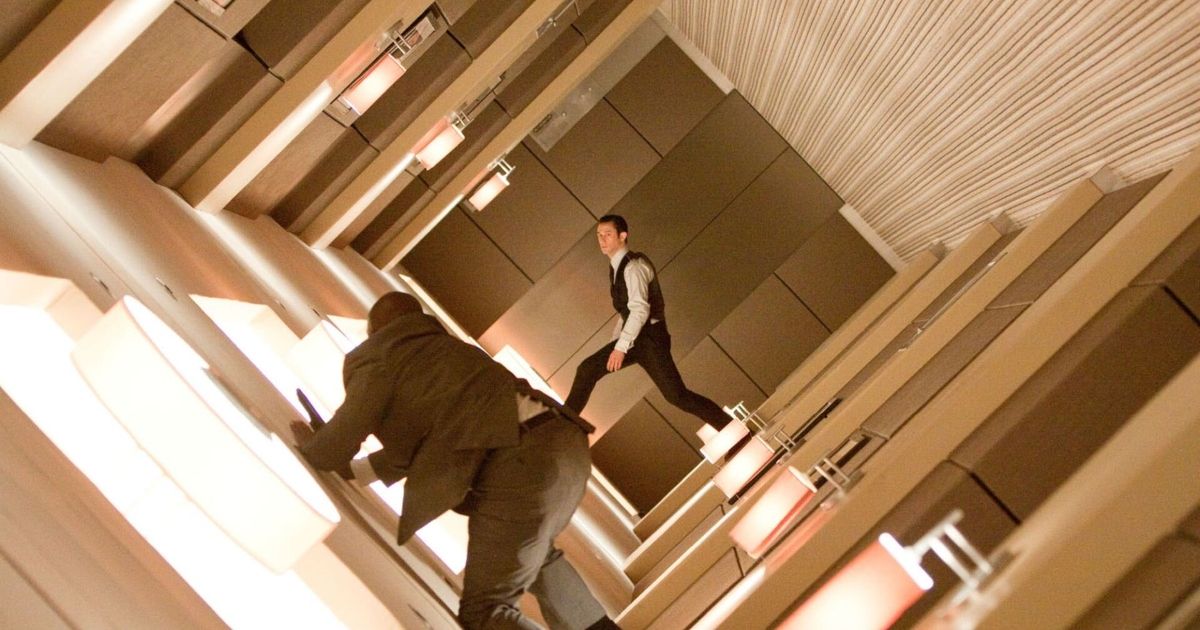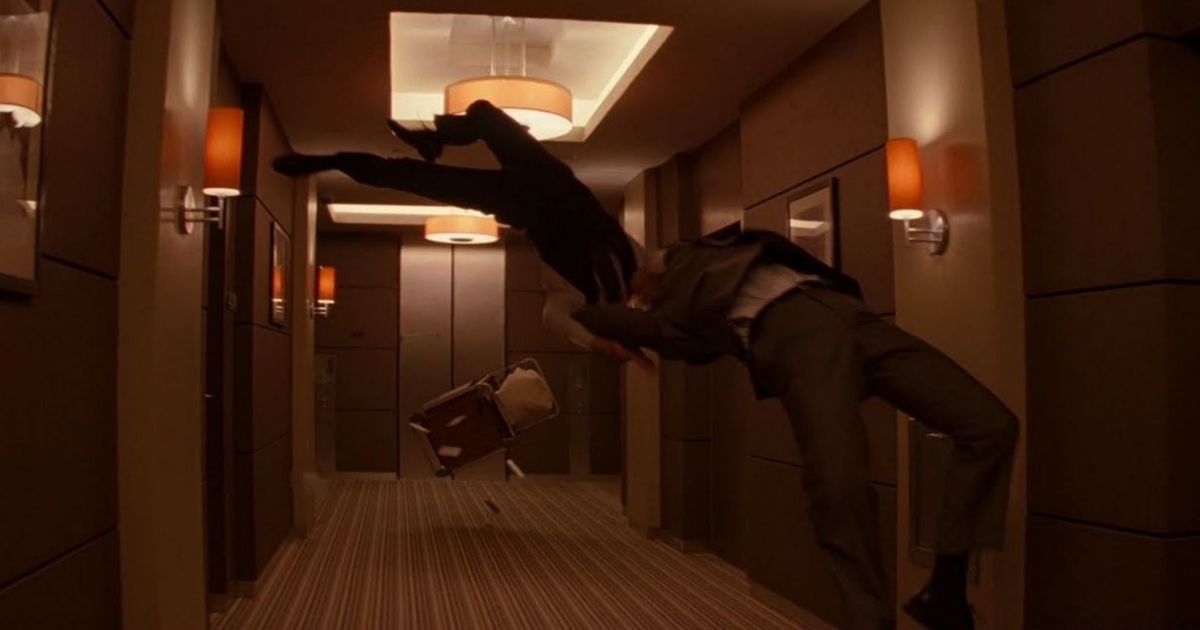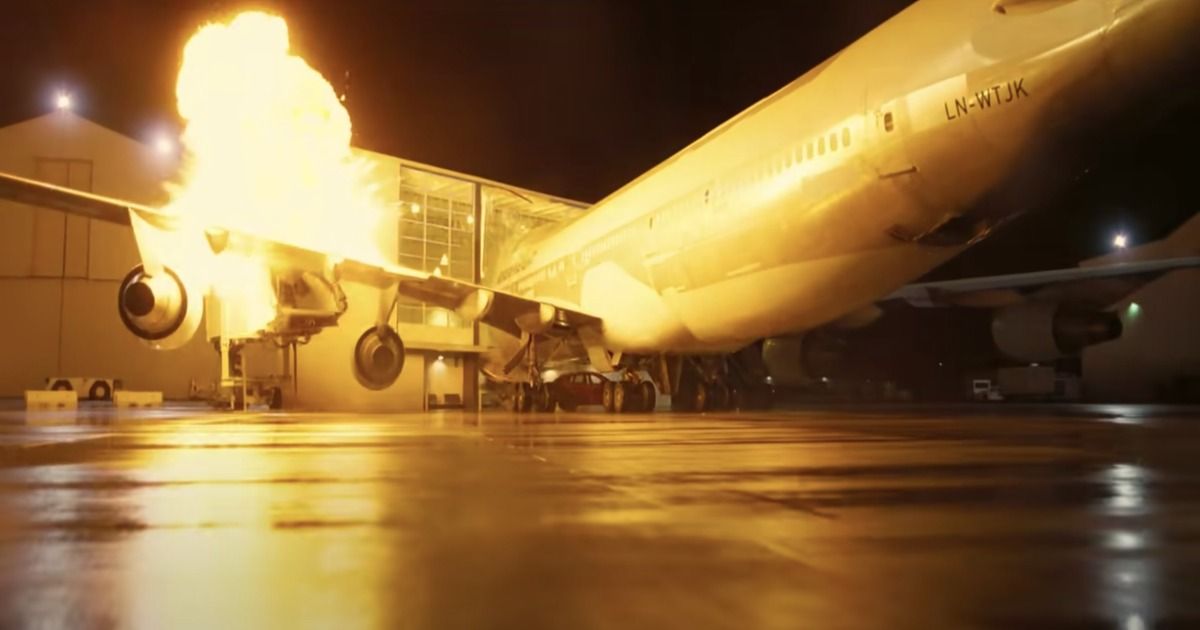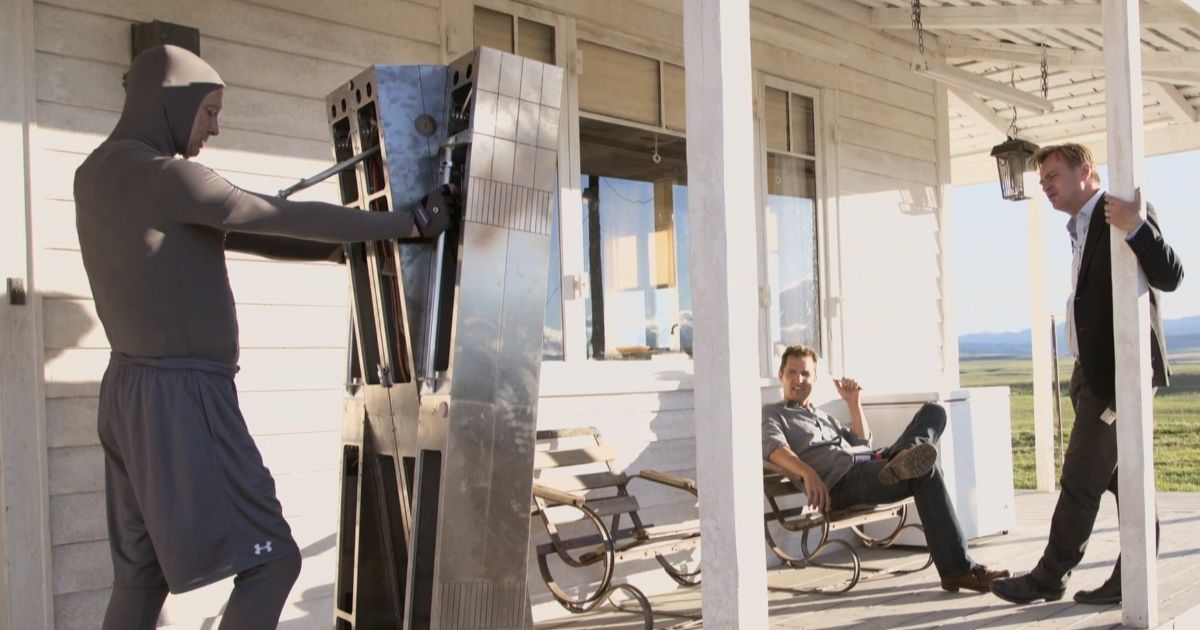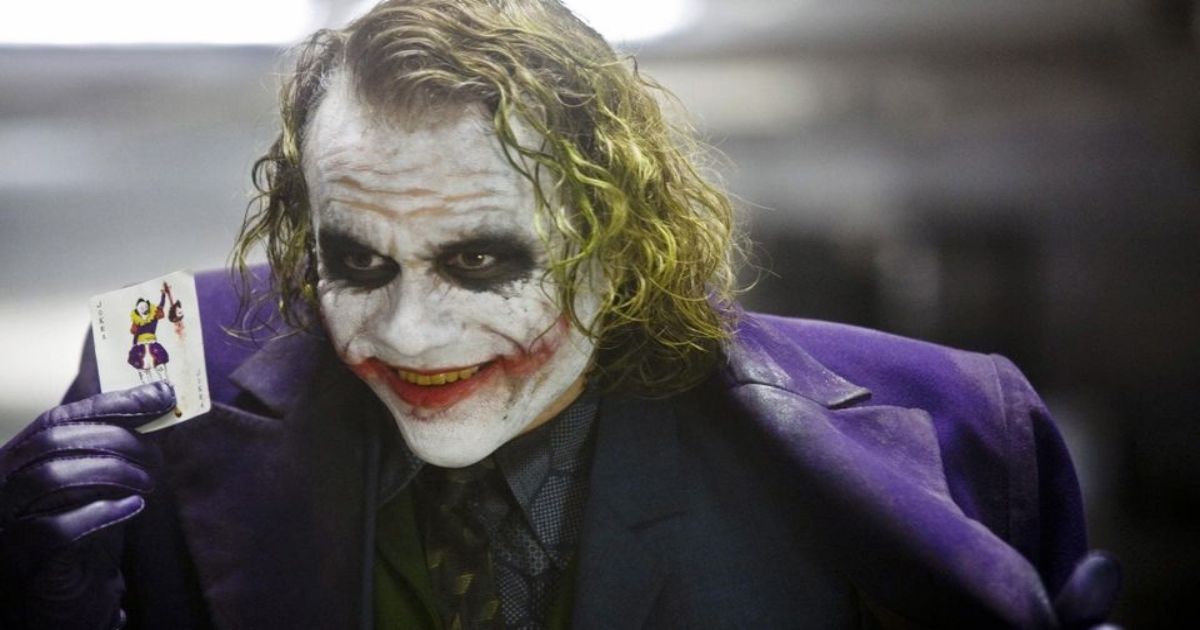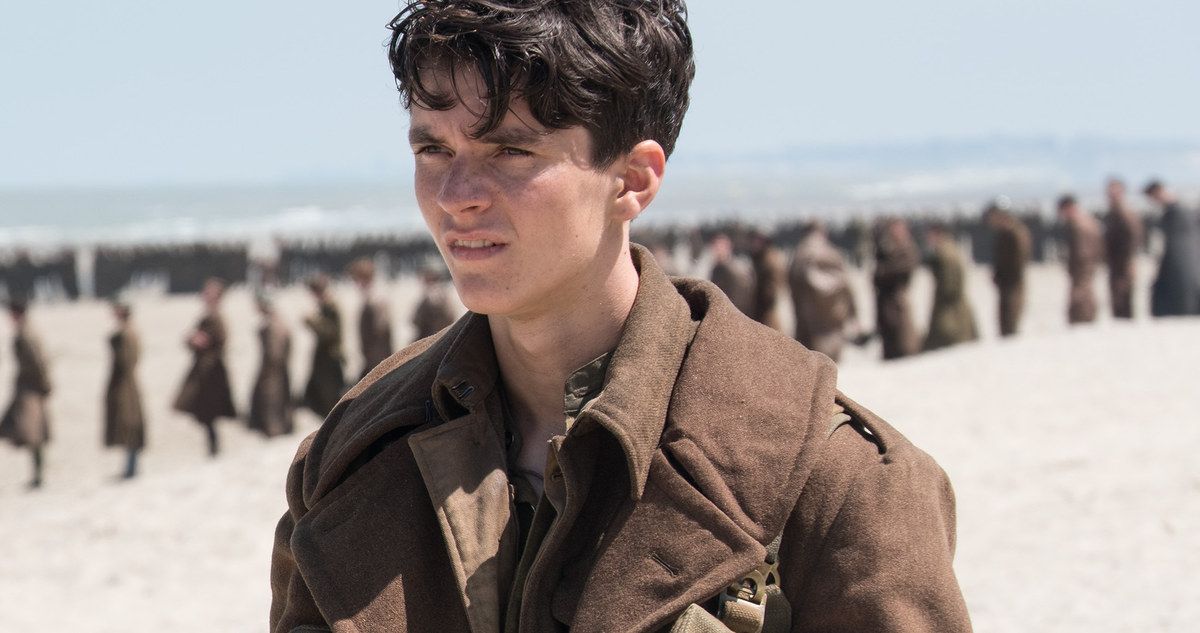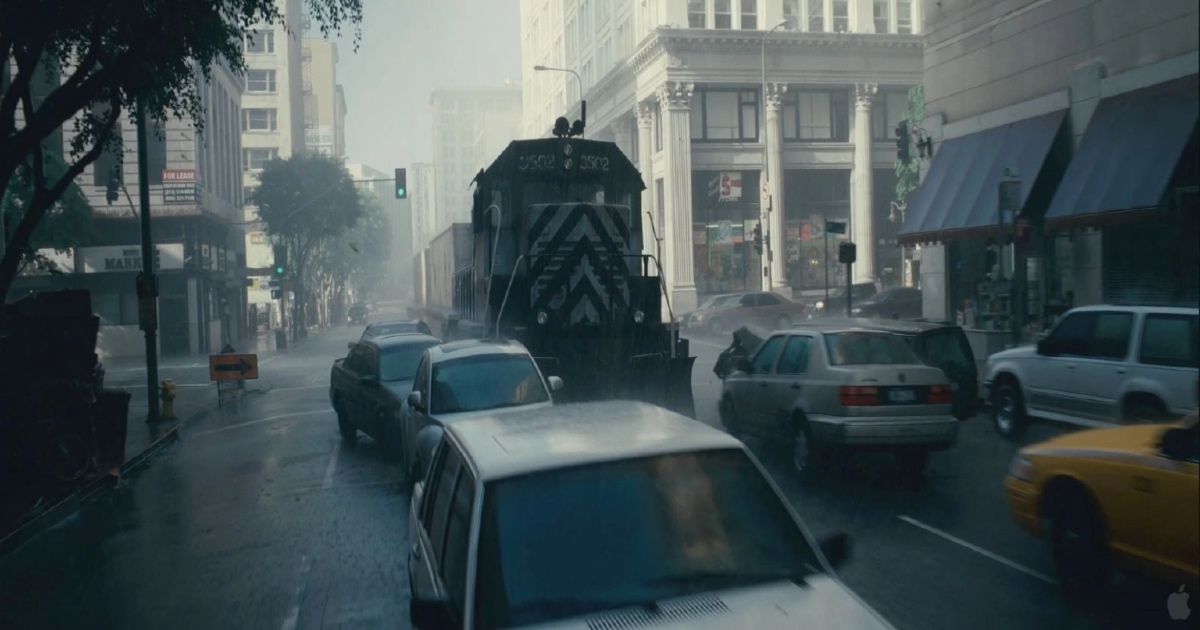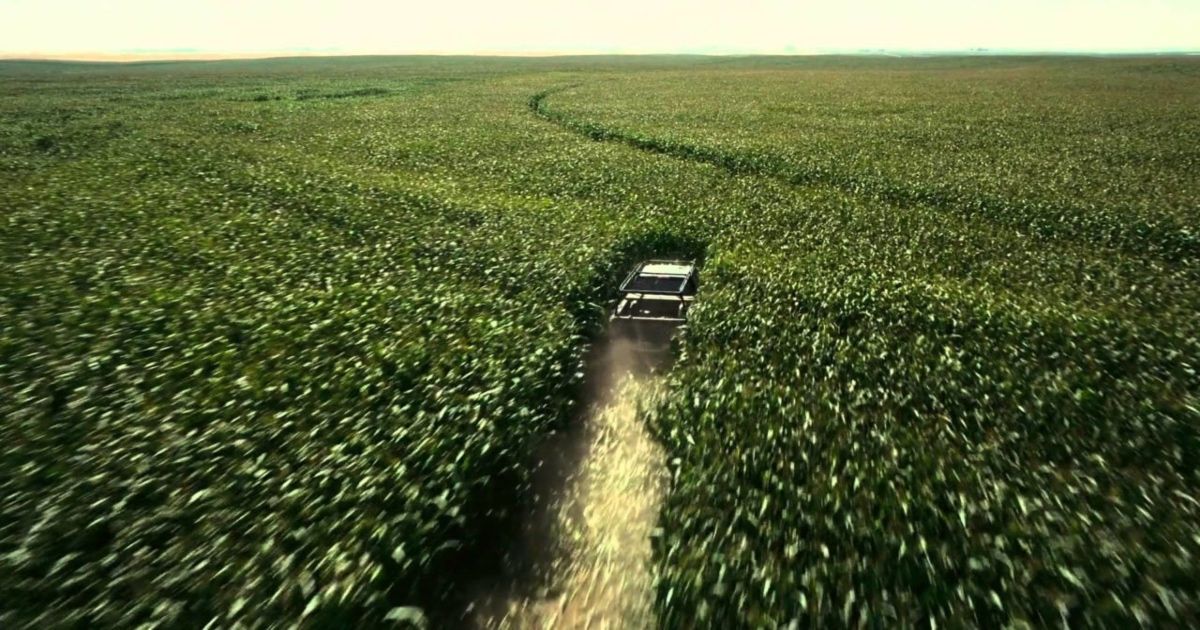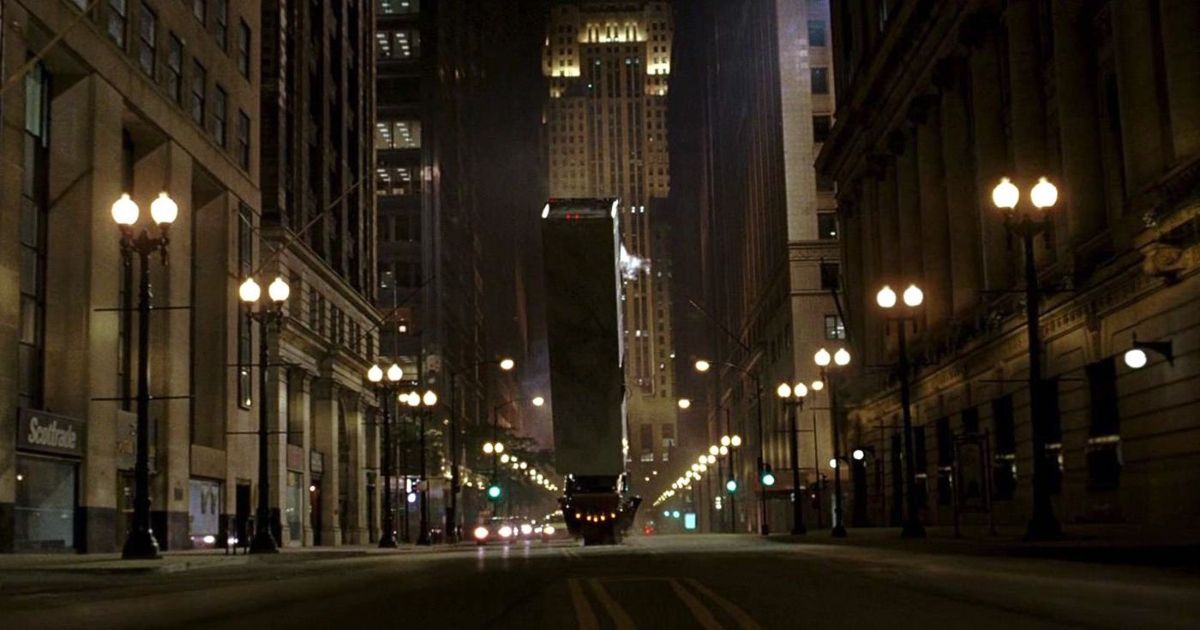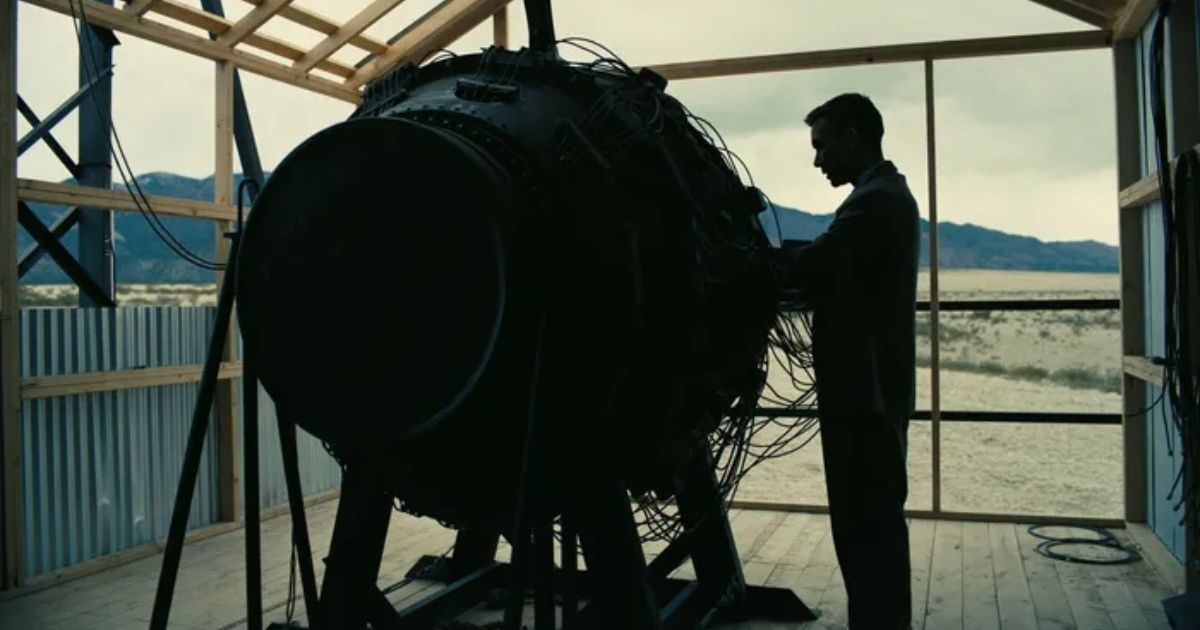In the modern era of CGI, the decade-old recipe of a perfect blockbuster — consisting of two ingredients: an impeccable plotline and a befitting cast ensemble — seems to have turned obsolete. Indeed, alongside these traditional elements, state-of-the-art computer graphics is becoming a staple to attract viewers. For instance, billion-dollar-grossing movies like Avengers: Endgame, Avatar, and Spider-Man: No Way Home are few in the ocean of CGI-packed movies that revolutionized the cinematographic experience. Naturally, movies and shows are receiving an increasing technical makeover to keep up with this trending formula. That said, British-American filmmaker Christopher Nolan is known in Hollywood for steering away from computer-generated imagery culture (if and when he can) and leaning, instead, towards practical effects.
Update August 9, 2023: In honor of the release of Oppenheimer, this list has been updated with even more incredible practical effects in Christopher Nolan's films.
Of course, some of his work unavoidably incorporates CGI magic, but that is mostly restricted to enhancing the elements captured by his camera. Naturally, with such creative pursuits, it comes as no wonder that Nolan has received several major awards nominations for his work, including an Oscar nomination for Best Director for Dunkirk. With Nolan's latest film, Oppenheimer, currently taking theaters by storm, here is a list of moments from Nolan’s other movies that aren’t CGI.
10 Inception — Rotating Hallway Fight Scene
Inception, to date, remains a movie with one of the most unconventional and mind-bending narratives. It finds Dom Cobb (Leonardo DiCaprio) possessing the rare craft of stealing and implanting ideas in his target’s subconscious for minting quick bucks. In one such near-impossible mission, his right-hand man Arthur (Joseph Gordon-Levitt) is tasked with infiltrating Robert Fischer’s (Cillian Murphy) subconscious. Here the catch is: Fisher’s subconscious is trained to defend against such attacks, setting the stage for a visually aesthetic hallway fight scene. The sequence sees Arthur going toe-to-toe against Robert’s guard in a rotating hallway with zero gravity.
To achieve this unusual setup: a 360-rotating vertical set was assembled in an airship hangar outside London. Furthermore, Gordon-Levitt and the other cast were attached to various wires and harnesses in this set. To truly deliver a zero-gravity sense to the sequence, per Screen Rant, the cameras were fit at the bottom of the assembled set, creating a falling illusion.
9 Tenet — 747 Crash
Action-thriller, Tenet, came out right in the middle of the COVID-19 pandemic and, as such, suffered at the box office compared to other Nolan outings. It also received a more mixed response from critics than the director's previous films, though the visuals, effects, and cinematography were all widely praised. With an all-star cast that includes John David Washington, Robert Pattinson, Elizabeth Debicki, Kenneth Branagh, and Michael Caine, Tenet follows an unnamed protagonist (David Washington) who must learn how to manipulate time in order to ensure the survival of the entire world.
One particular set-piece in the film sees a Boeing 747 crash into and aircraft hangar at the suggestion of Pattinson's character. Nolan believed that, rather than achieving this through the use of CGI or miniatures, it would be more cost-effective to use a real 747. So, that's what he did. He found a bunch of old planes near the set in Victorville, California, so purchased some, then filmed the sequence at an actual working airport. Speaking to the Hollywood Reporter, visual effects specialist Andrew Jackson recalled they had to “put 747 brakes back on the wheels so that [the crew] could stop it at the point where it needed to stop. It did go a little farther than it was meant to, but that just made it more exciting.”
8 Interstellar — TARS and CASE
The sci-fi drama Interstellar depicts several uncharted physics concepts like spinning black holes, wormholes, artificial gravity, and gravitational time dilation, among many other things. As intriguing as they are on a narrative level, what's equally creative is Interstellar's cinematographic approach to robots, TARS and CASE specifically.
As revealed in the documentary Interstellar: Beyond Time and Space, pivoting from the stereotyped portrayal of robots, the inspiration for TARS and CASE came from balsa wood and chopsticks. Fundamentally, these robots were puppets weighing 200 pounds created by the practical effects team. These monolith-like structures that were so aptly designed required minimum digital effects for several shots and got carted by comedian Bill Irwin (voice of TARS) during the sequences.
7 The Dark Knight — Pencil Trick
When it comes to cinema enigma, The Dark Knight trilogy has no shortage of it. Even the simplest appearing, though no less deadly, sequences in the film involve practical effect. One such iconic scene features the Joker (Heath Ledger) performing a "pencil trick" for his fellow felons, resulting in a skin-crawling death for one of the henchmen. Stuntman Charles Jarman broke down the sequence, revealing how the pencil disappeared with the appropriate hand movements. He said, “We did a couple of half-speed rehearsals just to get the hand action of my right hand sweeping across, taking the pencil as my body was going down, and my head striking the blank surface.”
6 Dunkirk — Extras in the War scenes
War epics, though visually appealing, are usually known to harbor many technical challenges, such as the requirement of massive amounts of extras for battle scenes. In the age of CGI, many films and filmmakers simply digitally add bodies on the battlefield to relay the maximalism of war. Notably, however, Dunkirk approached this problem traditionally rather than skewing towards much-adopted computer graphics.
Per Cinema Blend, the production team crafted fences of cardboard cut-outs of human beings, creating almost 400,000 extras, and erected them along the beach for far-off shots. Essentially, photographs of hundreds of soldiers in different poses were taken, then printed and glued on the mesh to fill the large background canvas for the movie's various battle sequences.
5 The Dark Knight Rises — Midair Airplane Hijacking Scene
The opening sequence of The Dark Knight Rises finds Bane’s (Tom Hardy) mercenaries infiltrating the CIA plane in midair to kidnap Dr. Pavel. What might appear as CGI magic was, in fact, shot practically, first using a prop plane and then a simulator for several days. To achieve the complex midair hijack scene, a mock South African EMB-110 plane of the CIA was towed by the real Lockheed C130 Hercules meant for Bane's mercenaries for the infiltration sequences.
Once these shots were filmed, as per the requirements, the mock plane that was suspended from Hercules was dropped in the Cairngorm Mountains to capture the shot of the destroyed plane. Additionally, for the scenes happening inside the plane, a simulator was created, offering Nolan full control of the environment. The setup was done in England, quite similar to the one employed in Inception for the rotating hallway sequence.
4 Inception — Freight Train
During a certain scene in 2010's Inception, a large freight train plows its way down a Los Angeles street, crashing into several cars as it does so. Like much of the action in the film, this particular sequence takes place in a dream. Nolan could've been forgiven for opting to use CGI to create this iconic scene. However, that's just not his style. So, true to form, Nolan found a practical alternative to bring his vision to life. In this case, it involved the production crew taking fiberglass molds of authentic train parts, then attaching them to the chassis of a tractor-trailer before sending it down a real street to crash into some actual cars — which is much more Nolan's style.
3 Interstellar — Corn Field and Dust Storm
2014's Interstellar featured several visually pleasing backdrops, many of which were created without the use of CGI. Perhaps the most impressive is the cornfield that is seen at the start of the movie. The earth depicted in Interstellar is a dying one, with corn being one of the few crops still able to grow. Matthew McConaughey's Joseph Cooper owns a corn farm, and one particular sequence sees him driving a pickup truck erratically through the cornfield with his children in the passenger seats.
While it might not be too surprising to learn that this sequence was achieved without the use of CGI, it is quite impressive when you know just how much effort was put into it. In fact, Nolan, with the help of production designer Nathan Crowley, planted 500 acres of corn for the film. What's even more impressive is that the dust storm that destroys the crops later in the film was also created without the use of CGI. Instead, massive fans were set up by the production team, and food additives were used in place of real dust.
2 The Dark Knight — Truck Flip
Another practical effect used in the production of 2008's The Dark Knight saw a real-life truck flip over and crash into the ground. About half-way through the film, a lengthy chase scene takes place that sees Batman (Christian Bale) in his Batmobile/Bat-pod chasing after the Joker who, in turn, is going after Harvey Dent (Aaron Eckhart), who is being transported by a police convoy. The chase culminates in Batman using cable attached to his Bat-pod to flip over the Joker's 18-wheel truck.
Amazingly, this effect was created fully in camera. The special effects supervisor on The Dark Knight, Chris Corbould, along with his team, created a large piston attached to the truck that was loaded with TNT. The piston was then triggered with a small explosion, which shot the rear end of the truck upwards into the air and sent the vehicle flipping over onto its roof. Perhaps even more amazing is that there was actually a driver in the driver's seat the whole time who was responsible for setting off the piston. The truck's cab was reinforced with steel to ensure he would be safe as the 18-wheeler flipped over.
1 Oppenheimer — Trinity Test
Prior to its release, it was widely circulated/joked about that Christopher Nolan would be dropping a real nuclear bomb in order to recreate Oppenheimer's Trinity test sequence. While that may have proven to be nonsense, it did certainly sound like something Nolan would do. Indeed, the truth is just as interesting. Oppenheimer depicts the life and career of nuclear physicist J. Robert Oppenheimer (played by Cillian Murphy), the father of the nuclear bomb. A large chunk of the film is dedicated to Oppenheimer's time overseeing the Manhattan Project, which culminated in the testing of the first ever nuclear weapon, known as the Trinity test.
To achieve this, Nolan, along with Oscar-winning visual effects supervisor Andrew Jackson, did actually detonate a real bomb, just not a nuclear one. In order to make it look to scale, they simply filmed close-up shots of the explosion to make it appear bigger than it actually was. Meanwhile, the team experimented with a variety of different techniques, including ones using ping-pong balls, luminous magnesium, and paint hurled at walls to create extreme close-ups of the plumes of fire and smoke. Once again, Christopher Nolan went the extra mile to avoid using CGI.

